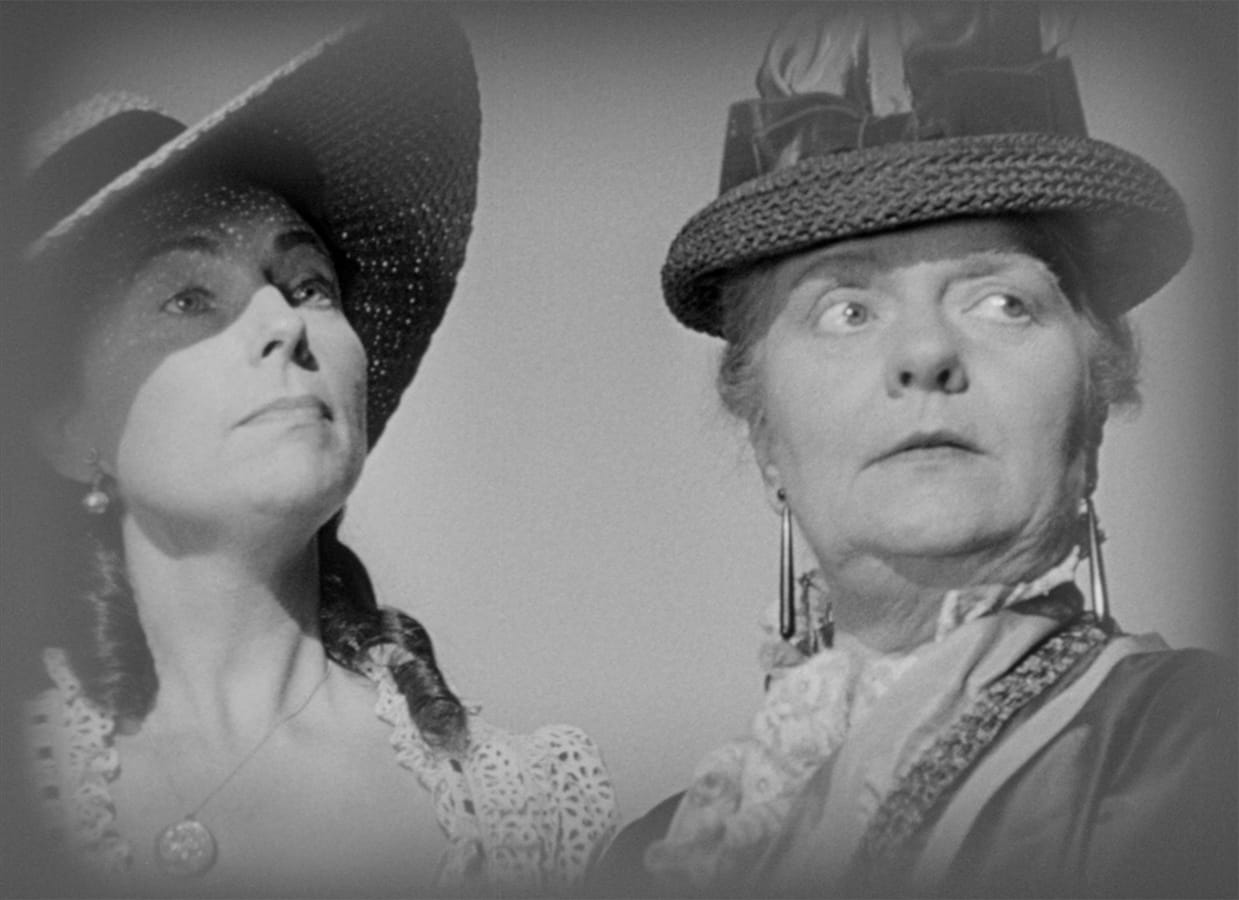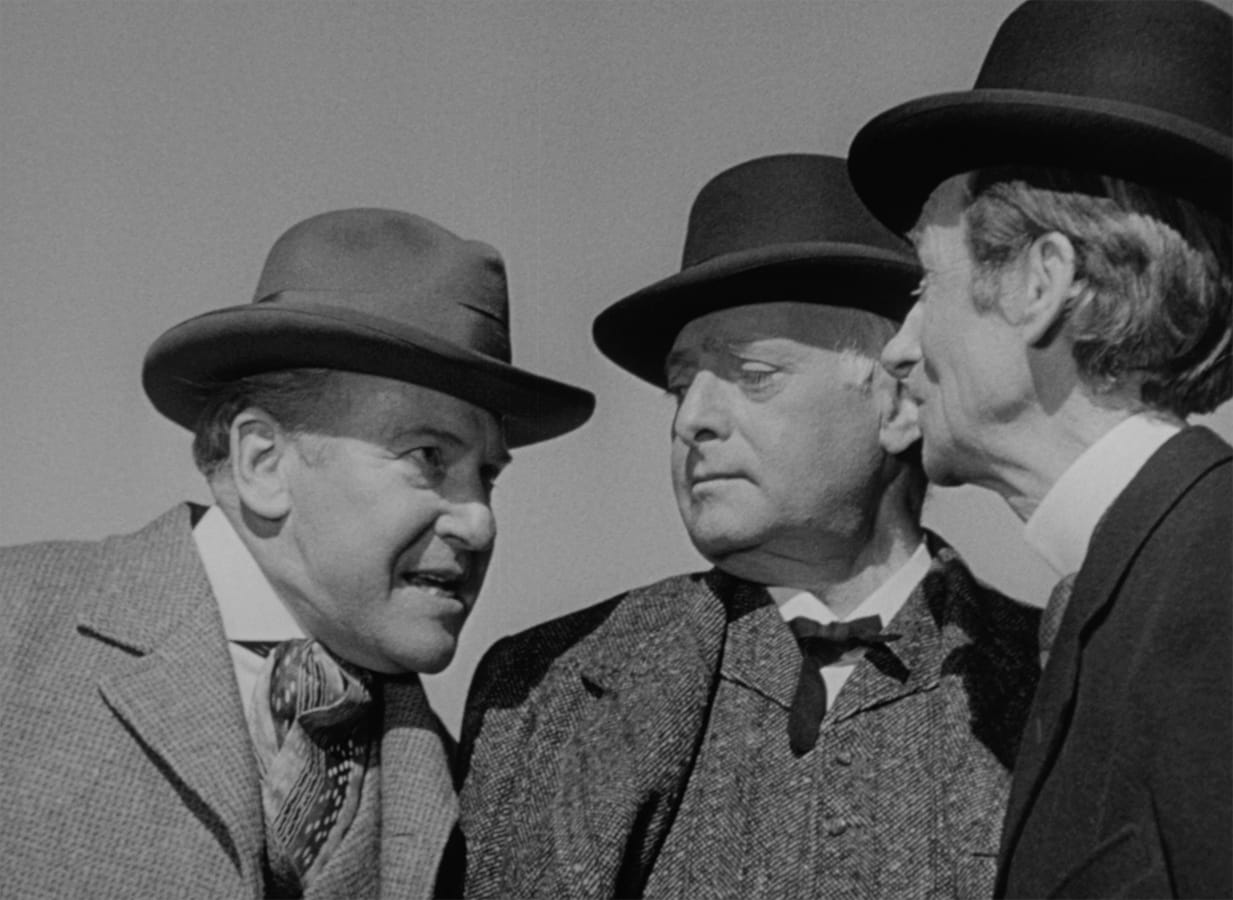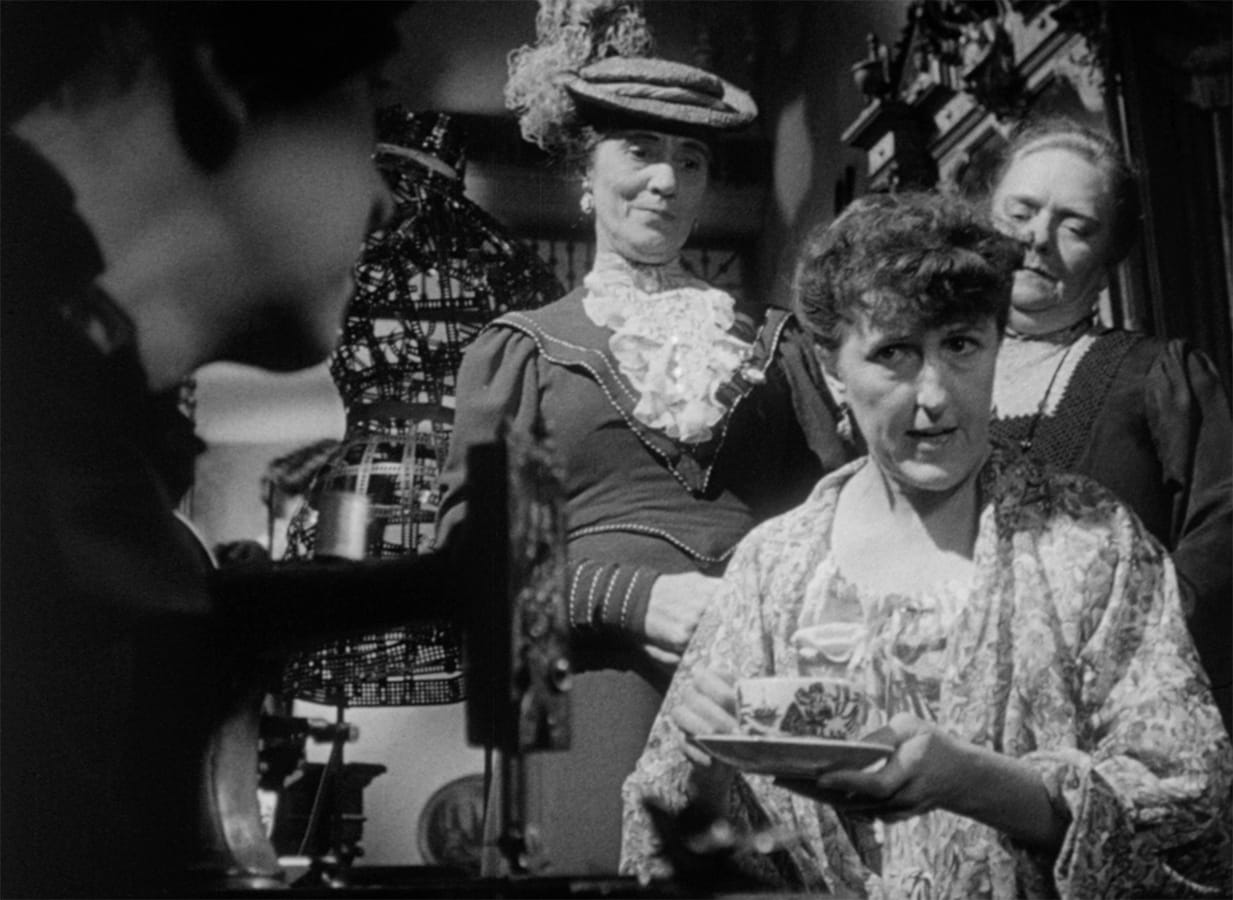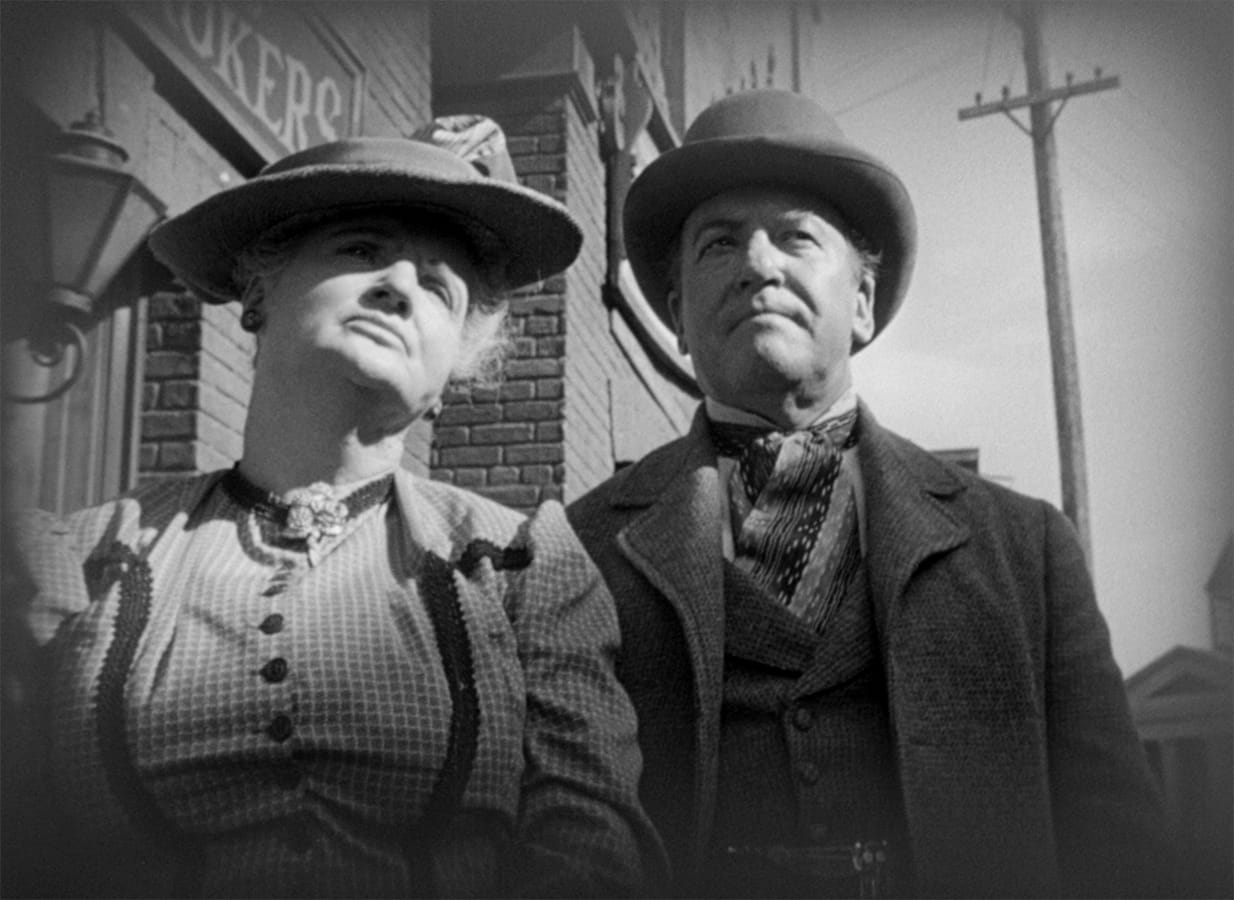Surfaces and Depths

Booth Tarkington’s 1918 novel The Magnificent Ambersons follows a template established by Honoré de Balzac nearly a century earlier. That is to say, it presents itself explicitly as a case study illustrating a broad socioeconomic phenomenon. Its first chapter, accordingly, is an essay that slides the story’s individual human subjects in sideways. The Ambersons may have been the first family of their town, it argues, but that by no means exempted them from social trends. To the contrary, and despite their lofty pretensions, they were creatures of such trends at least as much as they were creators of them. Orson Welles’s 1942 adaptation, remarkably faithful to the novel for most of its course, begins with a cinematic essay that sets the scene in exactly the same way, incorporating large, verbatim chunks of Tarkington’s chapter. Such was Welles’s confidence—that he could make the film entirely his own even while hewing closely to its source, and that he could extend a literary work audiovisually without betraying its sensibility. He won the bet.
That opening sequence is narrated by Welles in his lightly insinuating, conversational voice, often seeming to suppress a sigh, sometimes murmuring the prose and sometimes pronouncing it, like an epitaph. Vignettes illustrating his points roll by—conveyances come and go (“The faster we’re carried, the less time we have to spare”); Joseph Cotten as Eugene Morgan appears in a mirror sporting various hats and coats—and now and then the narration gives way to commentary by local citizens, shot from a low angle, often against a blank sky like heroic proletarians in a photo by Aleksandr Rodchenko. Their remarks, also taken directly from the book, merge into Welles’s narration as if they were italicized passages. Welles’s hypnotic voice and the lightly ironic distance of Tarkington’s prose impart gravity to the ostensible nostalgia and dignity to the rare burst of low comedy. Together, they become the voice of time itself, shepherding viewers through the irregular procession of years.
Time is also expressed by means of a number of other rhetorical devices, whether literary—the stiff wind (which is not in the book) that accompanies revelers through the doors of the Amberson mansion on the night of the grand ball, “the last of the great, long-remembered dances that everybody talked about”—or purely cinematic. The most ostentatious of these is the iris-out that concludes the sequence in which the Amberson sleigh is bested by the Morgan automobile. The iris having by unspoken accord been relegated to the silent cinema, in particular that of D. W. Griffith, its native function as an ellipsis is here less usurped than enhanced by its association with a specific historical period—the decade or two before the First World War, shimmering like a prelapsarian dream by the time of the Second. Welles employs the device in much the same way that he has the characters in that scene sing “The Man Who Broke the Bank at Monte Carlo,” a British music-hall number from 1892, in contrast to the novel’s use of “The Star-Spangled Banner,” which, among other things, lacks period specificity. The matte paintings of the Amberson mansion also function this way. In the scene in which George Minafer, dressed as Bonnie Prince Charlie, is called before his reproving mother and amused grandfather, the obviously two-dimensional house behind them appears as if it were a backdrop in a photographer’s studio, an apt setting for Georgie’s theatrical poses.










